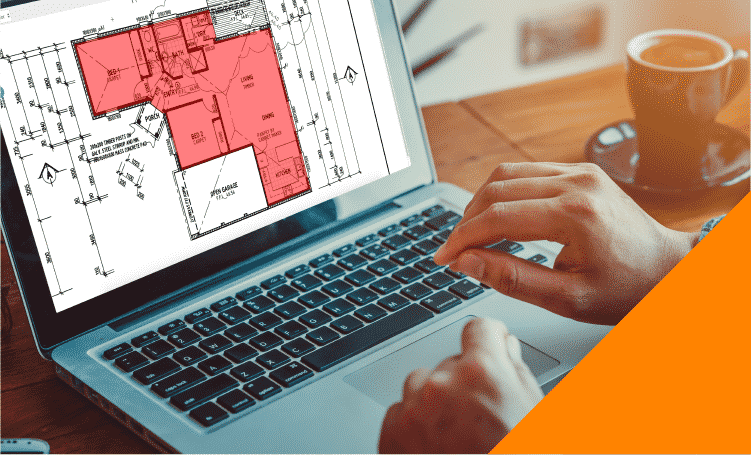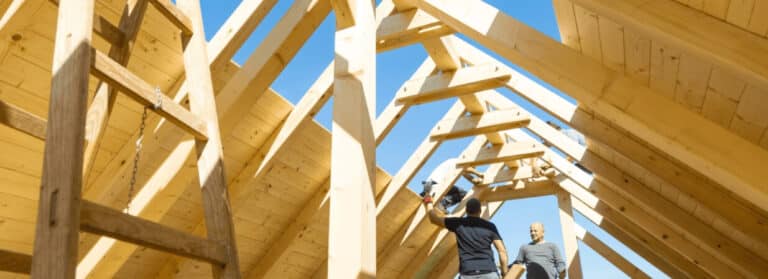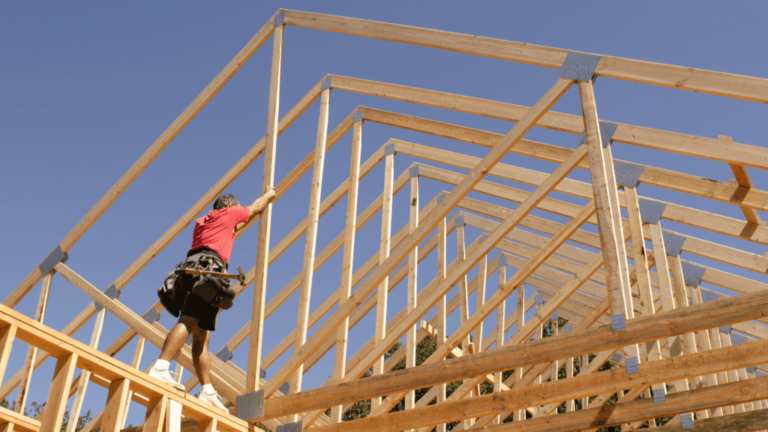The homeowner makes many major decisions that affect the final price of building a custom home, and of course, the location, size and preparation of land is just the first examples of these. However, to know the total, actual cost of the build, the homeowner relies heavily on the expertise of the custom home builder who keeps watch over everything from the cost of timber and nails to the wages paid to the project’s many subcontractors.
The wise homeowner does not select a builder on price alone; however, it’s critical that you always submit competitive, complete bids if you are to win the amount of work required to grow your business. To do this, you must have accurate estimates of labor costs and material costs‑especially during the current economy’s upwardly spiraling prices and tough construction labor market.
Importance of construction cost estimation
As you know, many businesses offer estimating to custom home builders. Hiring someone to do your estimates may save time, but it only adds to the overhead you must cover before you can earn a profit. That’s why many builders, like you, turn to online software solutions to do their own estimates. They know it’s a great way to stay on top of all their construction costs and have greatest control of their project.
The estimate must consider many parts, such as material, construction labor and equipment costs, and all of these are critical if you are to arrive at a fair quote that generates a reasonable profit for your business.
Estimates detail accurate construction labor costs
Estimates do more for you than just help you track profitability. The information you gather during the estimating process influences many of the business decisions you’ll make. For example, construction labor prices and the associated hourly wage will influence who and how many you employ, and material prices will direct what suppliers you use.
For instance, you may find that buying from a single supplier makes more sense than using two or three, or you may find that hiring more experienced construction labor actually saves time in the long run on both direct and indirect costs.
Estimates encourage construction business planning and organization
Once you’ve decided the budget for labor costs and material costs, you must also consider scheduling. Knowing which crews are available and when will drive a lot of decisions that must be made about the timing of a project and when the associated materials for each stage of the build must be at the proposed job site. It also helps you think about any time that should be built in for labor cost sick days, bad weather and other unforeseen events that can delay a project. These decisions need to be made well-ahead of time to ensure the homeowner approves of the timeline and that material availability is sufficient to accommodate all construction projects you have under way.
As you schedule out jobs, you may begin to wonder about the budget estimate for your total labor costs and if you have set it up properly when comparing to your construction company’s financial goals and the threat of losing money on jobs. Below are some basics to keep in mind as you work through your construction costs and labor rates.
What are construction labor costs?
Your construction company pays labor costs, generally put, for work crews to complete the specific tasks of a home build. Work and the associated hourly rates are typically divided into major stages of construction (site work, foundation, framing, exterior finishes, major system rough-ins, interior finishes, landscape, etc.). Each of these have tasks that require many subtasks to be completed by crew members made up of framers, carpenters, plumbers and other skilled labor. You will have an hourly rate or crew’s hourly rate for each.
It’s important that labor costs also cover the indirect overhead or “labor burden” of carrying employees on a payroll. The employee’s labor burden includes federal and state payroll taxes, medical insurance, time off, worker’s compensation and other items not directly related to a home build.
Different methods for construction labor cost calculation
The Square Foot Method
The Square Foot Method is used typically in the earliest stage of a project to determine the rough lump sum cost of construction and how long the build would take. At this point, the owner typically wants to know if he or she should even continue planning their home build based on how much financing is available, and you are usually prospecting for new business with the idea that an initial estimate on labor cost and material cost is subject to further adjustment. The method is done by calculating a general cost per square foot and then multiplying that amount by the total square footage of the project.
Using this method, you should base the cost on historical data from your experience on previous builds or from researching locally available information. Most likely the only documents you would be working from at this early stage are initial sketches of a floor plan and drawings of a site plan. Because of this, exact dimensions are unlikely at this point. You will calculate labor cost, but it’s likely not necessary to detail the unit cost as this stage.
The Unit Pricing Method
Unit pricing is more detailed and includes separate costing for the material and the labor needed to do the build. As a general rule, you are looking at the base rate for labor, which is typically expressed as a cost per hour for the entire crew needed to complete a specific task, and then multiplying that by the total hours needed to complete that task. The crew can be made up of individuals of different experience earning a different hourly wage. The idea is to add all team member wages together to have the unit price per hour for that crew. You then add separate line items for materials. You then repeat the process for all tasks needed to complete the home build. And be sure not to forget indirect costs such as city permits and inspections.
At this stage you might be working from architectural plans with accurate scale and dimensions, but these plans may not be complete. If plans are available, estimation software can help with unit pricing because it can perform a digital takeoff, which is much faster and more accurate than using a pen and paper to do your own calculations. It also acts as a checklist to help you ensure you miss nothing.
The best software allows you to save your estimates so that you can reuse them for future projects that are similar in size and scope. The best software gives you the ability to easily add and remove materials and other items. That’s important because as this early stage, you don’t want to get locked into something the homeowner may change.
The final construction labor cost
The final estimate is generated from the actual plans used to build the project, also referred to as the construction plans. Your local building authorities approve this set of plans, which is important because from this you will finalize your materials and labor cost budget. In your final estimate you will include much greater detail and will include estimates from any subcontractors you plan to use. Here, you should fully consider the total labor cost, which includes labor burden costs mentioned previously, like payroll taxes.
It’s important that your final estimate include markup to ensure your profit margin. The best software gives you options as to how to present this to the customer. Some builders prefer to show markup for each line item of material or labor. Some builders choose to spread these indirect costs over the entire estimate. The best software gives you the flexibility to present either way. Also, the best software gives you the ability to track subcontractor labor and markup costs using internal work orders that can compare actual costs to your initial estimate.
How construction management software can help
Increasingly, home builders like you are organizing their businesses to deal with the challenges of estimating material and labor cost using cloud-based software, and the best software covers both the cost estimating and the generating of schedules for their work teams. Because these work teams can vary widely in purpose and number, the best software saves you time because you can visually see when different jobs are being completed and lets you prioritize and sequentially order work and the associated labor costs using the drag-and-drop of a computer mouse.
Buildxact software offers labor cost and material cost estimating features as well as simple scheduling to help you calculate labor costs and keep these costs in line with homeowner expectations. Book a demo or sign up for a 14-day free trial today.


























